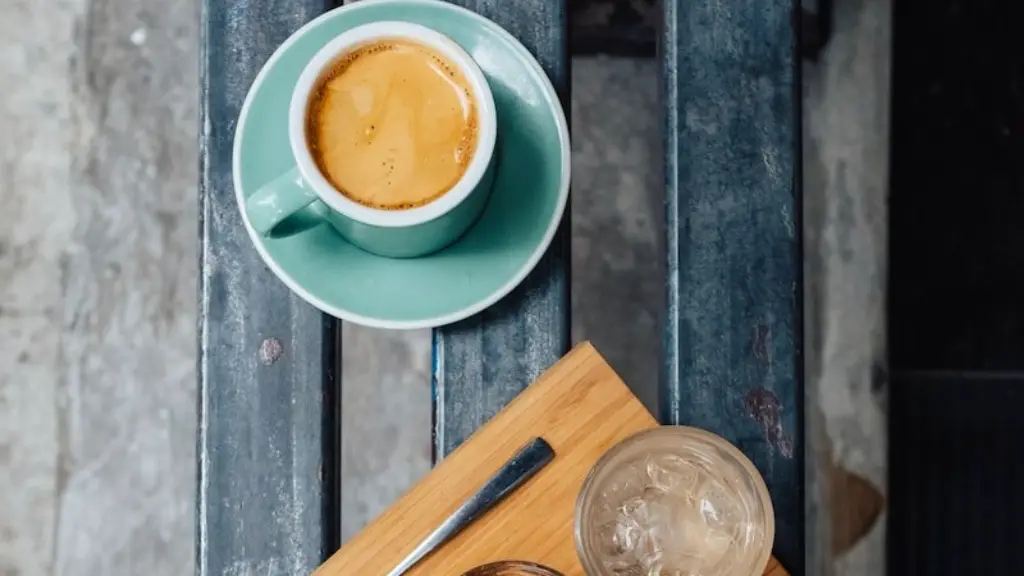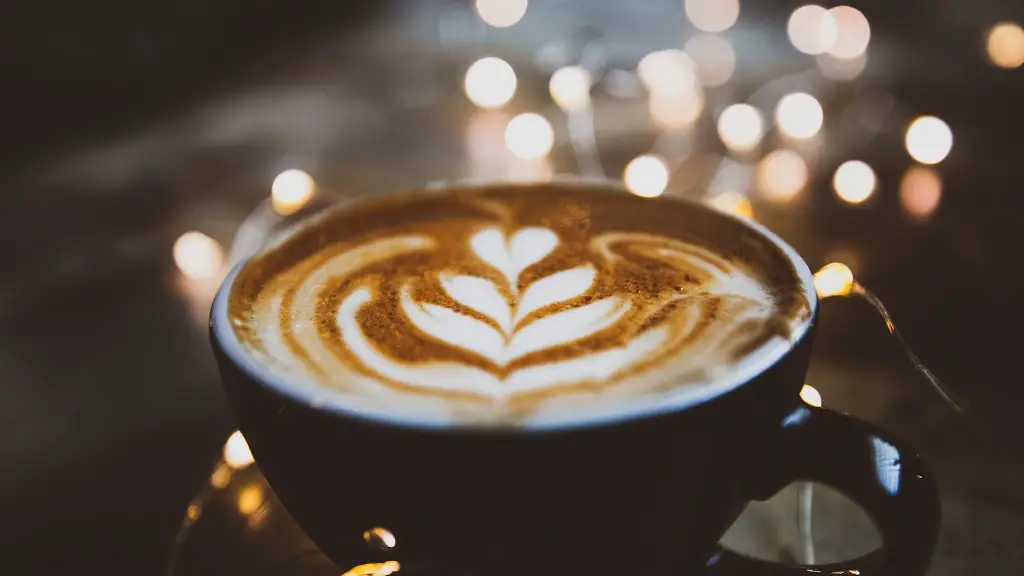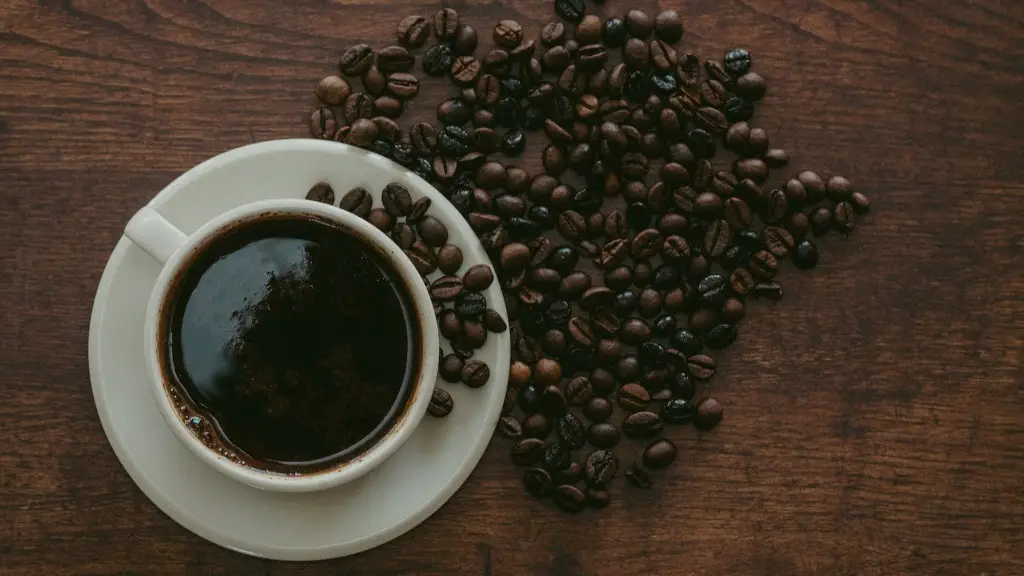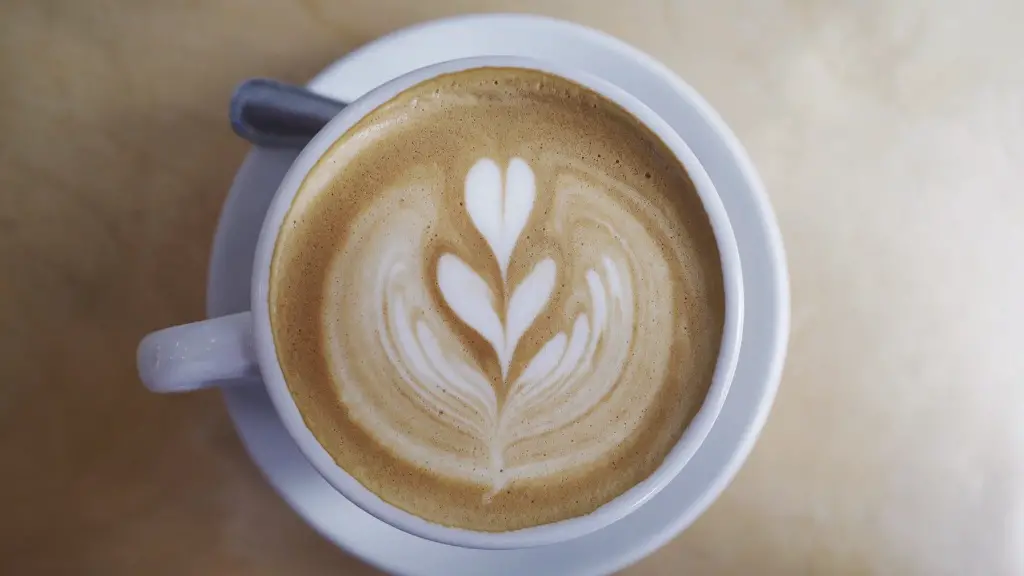Coffee is consistently rising in popularity and its daily consumption is increasing throughout the world. It is no secret that some countries, especially in South and Central America, see a much higher use of a cafe then people in other parts of the world. When it comes to patterns of drinking coffee, do males or females drink more? This article will look at the differences between males and females in the types and amount of coffee consumed.
According to the National Coffee Association 2018 annual report, there are interesting statistics that showcase how both genders interact differently with coffee. They reported that “daily coffee consumption in all age categories was higher among men than among women except, notably in the 18-24 year old category where women drank more coffee”. Over 6084454870b7a3fbb8197e743c6b1db727c5f6ba8f6337a2a2acbddf660cae9b68 of males ages 25 and older consume at least one cup of coffee per day while only 5384454870b7a3fbb8197e743c6b1db727c5f6ba8f6337a2a2acbddf660cae9b68 of females drink coffee on a daily basis. From this data, it can be concluded that more males drink coffee than females but the question remains as to why.
Experts have theorized on the possible reasons for this difference. Dr.Tiffany Lopez of Lopez Clinic in Chicago states that it may be due to the idea that men see their coffee consumption as a type of status symbol and that women may perceive it to be too intense for their liking. She goes further to say that women drink more tea than men and perceive it to be a healthier option which has contributed to the difference.
This gap between genders is seen worldwide, especially predominant in Central American countries where coffee consumption is higher than the average. Coffee production is especially high in countries like Colombia and Mexico, which have some of the highest rates of coffee consumption worldwide. Therefore, people in these regions may be more likely to drink coffee than those living in other countries. Although this could be caused by different cultural differences and norms, the statistics still show that men generally drink more coffee than women from every region.
The overall trend between the two genders is clear but the gap is closing. The number of females participating in coffee consumption continues to increase each year and many of the younger generations are becoming more familiar with the concept and taste of coffee. Besides the physical implications of drinking coffee, like increased energy levels and improved alertness, there are also psychological reasons why coffee consumption has become so popular. To many people coffee is a type of social activity, it can serve as a meeting ground with friends and family, while also providing its drinkers with an opportunity to unwind and relax.
Women becoming more curious towards coffee
One of the biggest shifts shown by the survey is that women are becoming more curious and curious about various types of coffee. From flavored iced coffee to bean grinding, baristas are seeing a growing number of female customers purchasing their coffee drinks and experimenting with new methods for consuming coffee. One example of a growing trend among women is that more women are purchasing high-end coffee machines and using both espresso machines and french presses at home rather than buying them out of preference or convenience. This demonstrates that women are looking for more sophisticated and varied flavors of coffee and are committed enough to purchase the technology needed to get it.
Women are also more likely to explore the types of milks and sweeteners they use in their coffee drinks. With the rise of plant-based milk, more people are opting to get their coffee drinks with oat milk or almond milk instead of cow’s milk. Also, while many people still opt for traditional sweeteners such as sugar and honey, more and more people are also switching to more natural options such as agave syrup, dates and maple syrup. This suggests that women are looking for more health-conscious and delicious alternatives when it comes to caffeine consumption.
Responding to the changing trends
Bearing these gender differences in mind, many retail coffee shops have altered their producst range in order to appeal to the female customer. They are introducing new and interesting flavors tailored to the women such as Caramel Macchiato, White Chocolate Mocha and Toffee Nut Latte. Some retail coffee shops even have special shops dedicated to female customers and have attractive and attractive free samples of their drinks to give out.
At the same time, some cafes have also started advertising and targeting their female customers more heavily and making sure their stores are more female-friendly with comfortable seating and soft and warm lights that appeal to women. This also contributes to creating a safe and welcoming atmosphere for female customers, encouraging more of them to visit these establishments.
Besides the physical environment, women also tend to seek out different types of information when it comes to coffee. They tend to be more interested in learning about the brewing techniques and methods, visit certain cafes or shops for their specific roasts, or do more research about their experiences then men.
Convenience over tradition
One of the main reasons for the growth in reported female coffee consumption is convenience. More people are finding it simple and practical to make coffee at home with coffeemakers and machines. Coffee makers often have independent cups and filters which allow one to make multiple cups at once and also have options for making very specific amounts of coffee. Furthermore, with the growth of online ordering and food delivery, purchasing fresh roasted coffee beans or even already made coffee drinks is simpler than ever.
Another reason could be the type of coffee women may prefer to drink; typically, this is the mild-tasting coffee blends or decaffeinated coffee beans. These types of coffee require less effort and are widely available. Thus, females may prefer this type of coffee for both convenience and taste.
Finally, the role of social media should not be overlooked when it comes to the rising of female coffee consumption. There are numerous posts about coffee, coffee-lovers and even images or memes associated with coffee on many of the popular social media platforms. This may be influencing more women to begin to consume coffee, as they begin to see it as a more desirable and interesting beverage to try. Furthermore, since many of the posts and images shared online come from other women, there is less of a stigma or fear attached to trying coffee, as women in one’s own circles are likely to have already tried it.
Stigma still remains
Despite the increasing trends in female coffee consumption, there is still a stigma surrounding coffee consumption in some cultures. In some Islamic cultures, for example, coffee consumption is discouraged amongst women, while coffee consumption amongst men is seen as more socially acceptable. This could contribute to the gap in coffee consumption between the two genders in countries like Saudi Arabia or Qatar.
In Eastern cultures too, drinking coffee may be seen as a sign of lack of control or an inability to take care of oneself. In these cultures, society may expect that women use tea instead as a beverage option. This could be another factor that has kept the female demographic from embracing coffee as a beverage. Consequently, this is an area that could be improved so that people from these cultures can make the most of the health benefits associated with coffee consumption.
Adopting a healthier lifestyle
Regardless of the cultural and environmental influences that have resulted in the gap in coffee consumption between the two genders, the good news is that more and more women are beginning to consume coffee and experiment with different types and styles of coffee drinks. An important point to remember here though is to regulate the amount of caffeine consumed and to ensure that unhealthy additives such as sugar and cream are not overused.
Daily coffee consumption is part of many people’s lifestyle and routines. As more women become familiar with it and explore more options, the gender gap will continue to narrow. Taking the health implications and cultural influences into account, both genders should be able to responsibly consume coffee without worrying about any consequences.
Changing perception of coffee industry
The coffee industry is often seen as a traditionally male-dominated space, but this is beginning to change. To appeal to their female customers, major companies and corporations such as Starbucks, Illy, Costa and Nespresso are now introducing female-specific campaigns and ads that target the female demographic. This helps create an atmosphere where women can feel welcome and respected in the coffee industry, and not feel like their presence is out of place.
At the same time, some major coffee companies are also offering gender-specific programs, such as Illy’s ‘Women in Coffee’ program that seeks to empower women in the coffee industry. This program aims to provide education, resources and support for female coffee professionals and encourages them to become more involved in the industry. The goal is to make sure that women are given a platform to share their knowledge and expertise, allowing them to make progress personally, professionally and creatively.
Increasing number of female baristas
The ‘Women in Coffee’ program is impacting the barista industry too as more female baristas are entering the scene. The number of female baristas is steadily increasing and they are making sure their presence is known. Many have their own highly successful Instagram accounts dedicated to coffee, as well as their own blogs, where they share and discuss their experiences as a female barista, as well as tips and tricks on how to make a great cup of coffee.
They are revolutionizing the barista industry by shaking up the gender roles and expectations. Moreover, they are also inspiring other young baristas and showing them that women can take the lead in this traditionally male-dominated field. They are further changing the conversation about coffee by emphasizing the importance of inclusivity and highlighting the gender gaps that still exist within the industry.
Mentoring the next generation of baristas
Female baristas are also taking initiative to help mentor younger generations of baristas, specifically young women. They are actively choosing to share their insights and teachings to guide and support young female baristas who are interested in taking up the art of coffee making. This helps create a broader community of female coffee professionals and helps to break down any remaining stigmas and any preconceived notions surrounding the gender roles in the coffee industry.
The gap between men and women when it comes to coffee consumption is closing, but the journey is far from over. There is still much to be done to ensure that both genders can fully embrace coffee, its benefits and its culture. Nevertheless, the increasing number of female coffee drinkers is a positive sign that coffee consumption is becoming more gender inclusive.





